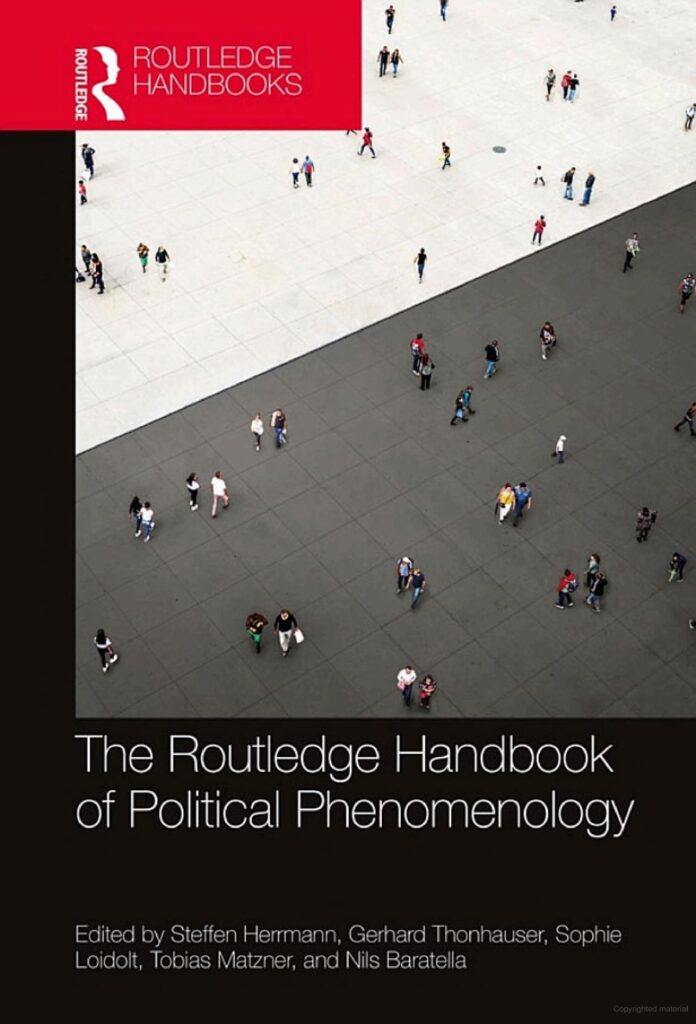
Disability
2024 | Luna Dolezal, Cathrin Fischer and Jonathan Paul Mitchell | Routledge
A chapter by Luna Dolezal, Cathrin Fischer and Jonathan Paul Mitchell, ‘Disability’, has been published in the collection ‘The Routledge Handbook of Political Phenomenology’ edited by Steffen Herrmann, Gerhard Thonhauser, Sophie Loidolt, Tobias Matzner and Nils Baratella (2024).
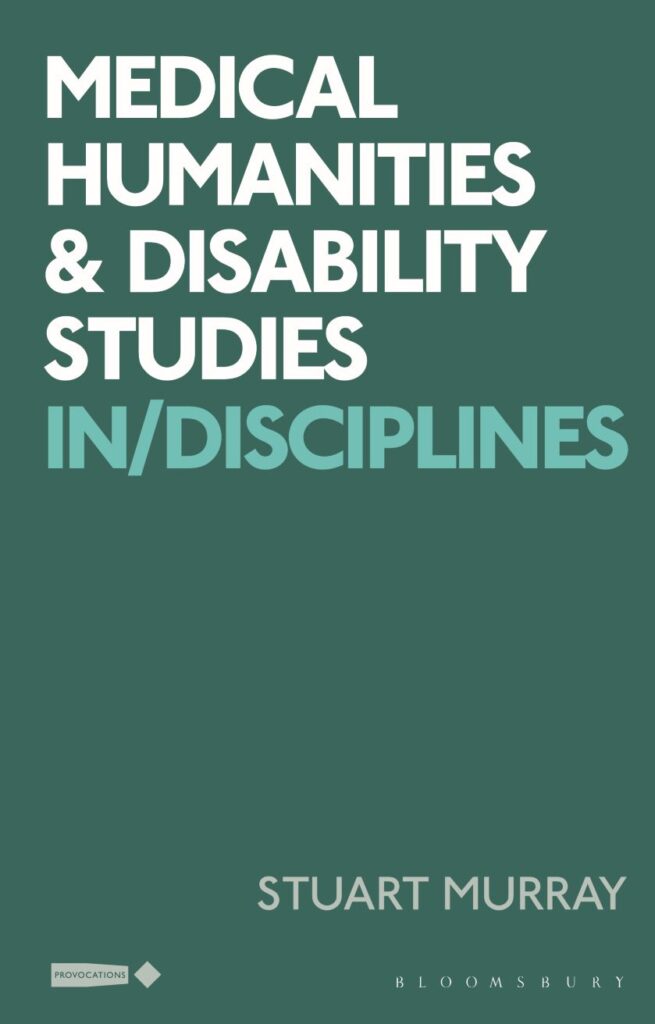
Medical Humanities and Disability Studies: In/Disciplines
2023 | Stuart Murray | Bloomsbury Academic
Stuart Murray’s new book In/Disciplines explores the connections between the two disciplines, Medical Humanities and Disability Studies, in detail. It presents a series of provocations about how they interact, the forms their practice take, and their strengths and weaknesses as working methods. With a focus on life stories that give accounts of health and disability experiences, it mixes creative and critical writing in an accessible manner.

Raised by Robots: Imagining Posthuman “Maternal” Touch
2023 | Amelia DeFalco and Luna Dolezal | Routledge
A chapter by Amelia DeFalco and Luna Dolezal, ‘Raised by Robots: Imagining Posthuman “Maternal” Touch’, has been published in the collection ‘Mapping the Posthuman’ edited by Grant Hamilton and Carolyn Lau (2023).
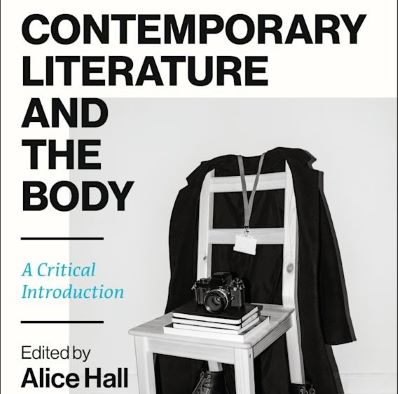
The Posthuman
2023 | Luna Dolezal and Amelia DeFalco | Bloomsbury Academic
A chapter by Luna Dolezal and Amelia DeFalco, ‘The Posthuman’, has been published in the collection ‘Contemporary Literature and the Body: A Critical Introduction’ edited by Alice Hall (2023).
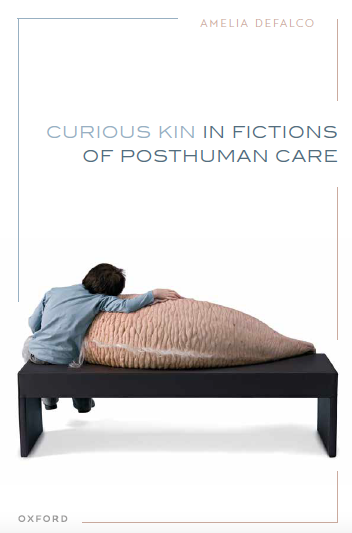
Curious Kin in Fictions of Posthuman Care
2023 | Amelia DeFalco | Oxford University Press
The latest book by Professor Amelia DeFalco, Curious Kin in Fictions of Posthuman Care, is due to be published soon. A book-length study of narrative representations of twenty-first-century posthuman care that offers a unique, posthumanist exploration of contemporary fiction. The book provides a new method for analysing and theorizing care and a significant new interpretation of the philosophy of care, contemporary literature, and posthumanism. Offering a novel, interdisciplinary approach to care that employs conceptual and methodological insights from contemporary literary and cultural studies.

What is affective technotouch (and why does it matter)?
2023 | Amelia DeFalco and Luna Dolezal | The Senses and Society
This Editors’ Introduction defines the theme of ’affective techno-touch’ as referring to multidimensional embodied encounters with technologies which can trigger emotional and affective responses, while also being concerned with social, political, cultural and ethical dimensions of technological touch. With reference to neuroscience and developmental studies, we outline how touch is foundational in human experience. We then discuss contemporary technologies, such as haptic gadgets and care/companion robots, which illustrate the complexities of affective technotouch. Finally, we offer critical outlines of the six contributing articles to this Special Issue on Affective Technotouch.
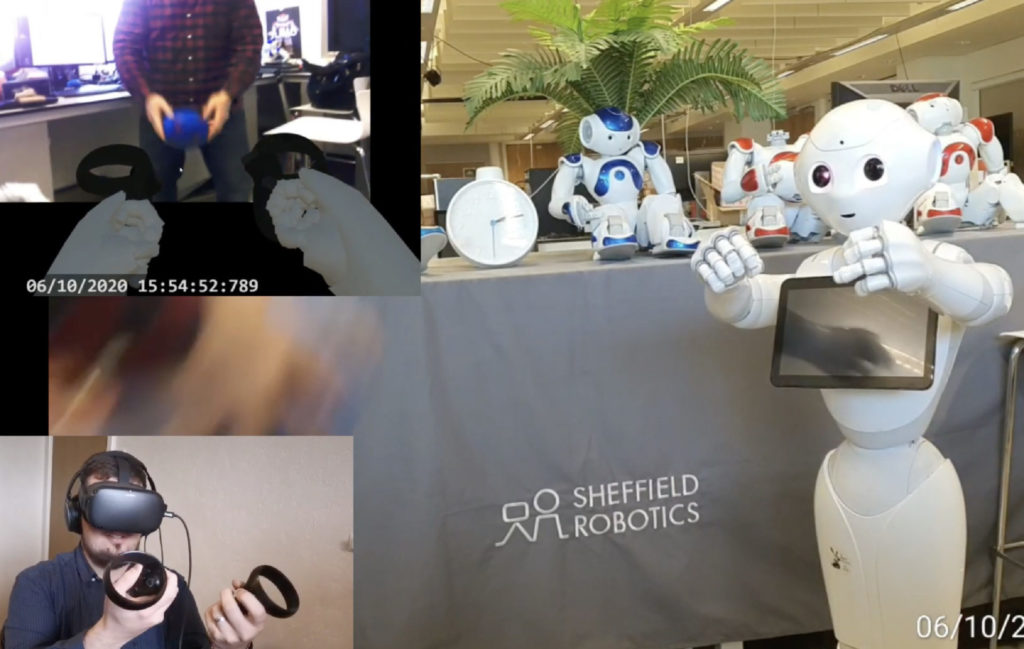
Robot telepresence as a practical tool for responsible and open research in trustworthy autonomous systems
2022 | Richard Waterstone, Julie M.Robillard, Tony J.Prescott| Journal of Responsible Technology
In developing Trustworthy Autonomous Systems (TAS), as in other domains of technology innovation and research, there is a need to make research processes and activities more accessible to external partners and to the wider public.

Disability Embodiment, Speculative Fiction, and the Testbed of Futurity
2021 | Murray, Stuart | Journal of Literary & Cultural Disability Studies
The article analyses depictions of disability embodiment in a range of contemporary North American speculative fiction that depicts post-crisis worlds of social and environmental breakdown.
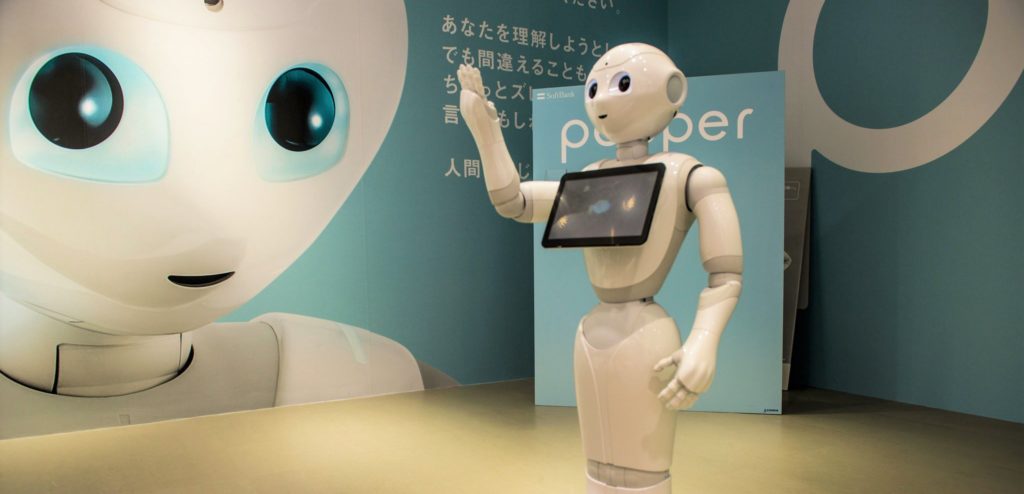
Are friends electric? The benefits and risks of human-robot relationships
2020 | Prescott, Tony J. and Robillard, Julie M. | iScience
Social robots that can interact and communicate with people are growing in popularity for use at home and in customer-service, education, and healthcare settings. Although growing evidence suggests that co-operative and emotionally aligned social robots could benefit users across the lifespan, controversy continues about the ethical implications of these devices and their potential harms.
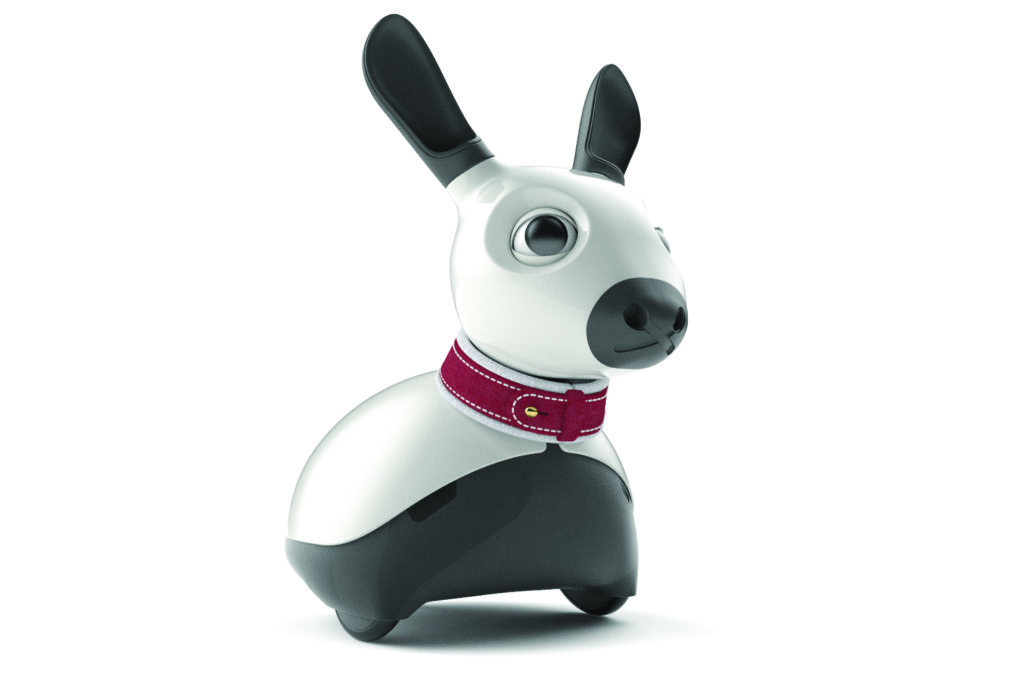
Towards a Theory of Posthuman Care: Real Humans and Caring Robots
2020 | DeFalco, A.| Body and Society
This essay interrogates the common assumption that good care is necessarily human care. It looks to disruptive fictional representations of robot care to assist its development of a theory of posthuman care that jettisons the implied anthropocentrism of ethics of care philosophy but retains care’s foregrounding of entanglement, embodiment and obligation.
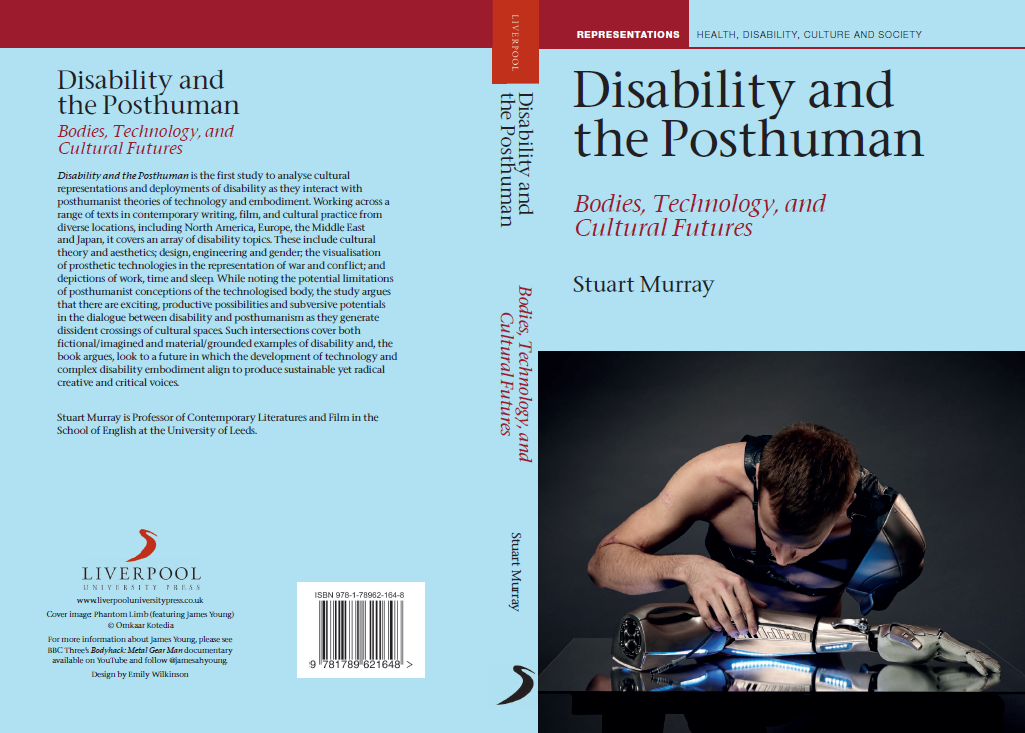
Disability and the Posthuman: Bodies, Technology, and Cultural Futures
2020 | Murray, S | Liverpool University Press
Interest in the relationship between bodies and enhanced technologies has never been greater. Technological developments appear to suggest extraordinary interventions, from exoskeletons and neural implants to VR systems that creative virtual environments and explore early versions of telepresence.
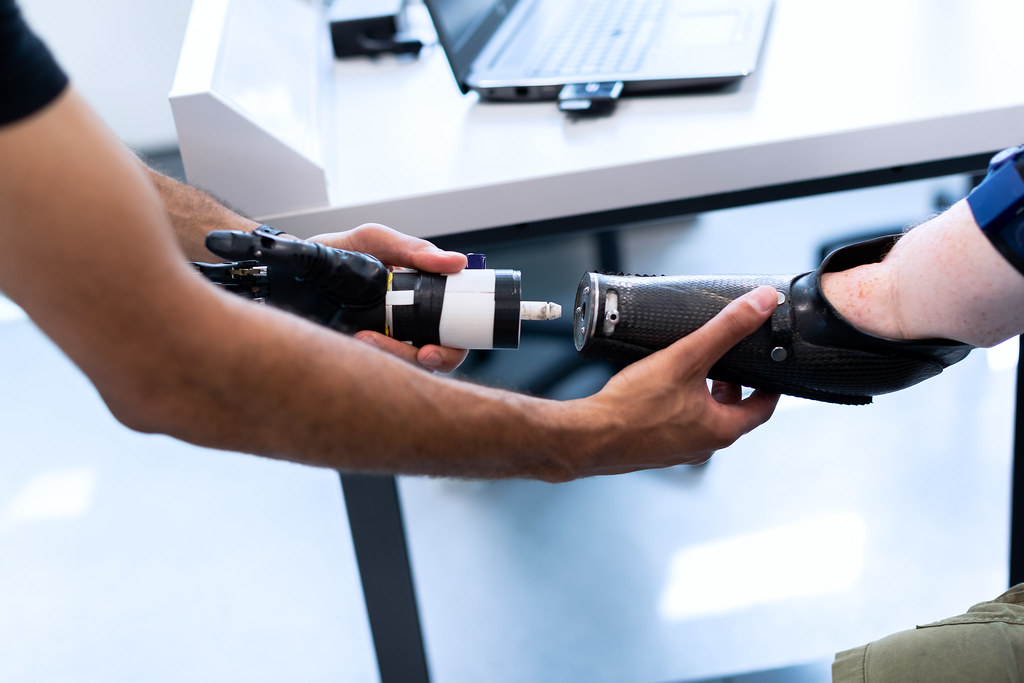
Prosthesis and the Engineered Imagination
2019 | Murray, S. & Holt, R. | Medical Humanaties
In 2016 and 2017, Raymond Holt and Stuart Murray received funding from a British Academy APEX award to investigate relationships between the imagination/theorization and engineering of prosthetic technologies. This coincided with an ongoing Wellcome Trust project that focused on body augmentation and posthumanism, and the two opportunities allowed us to bring together our ideas on how to engineer (using the word as both an imagined creation and physical process) prosthetics.
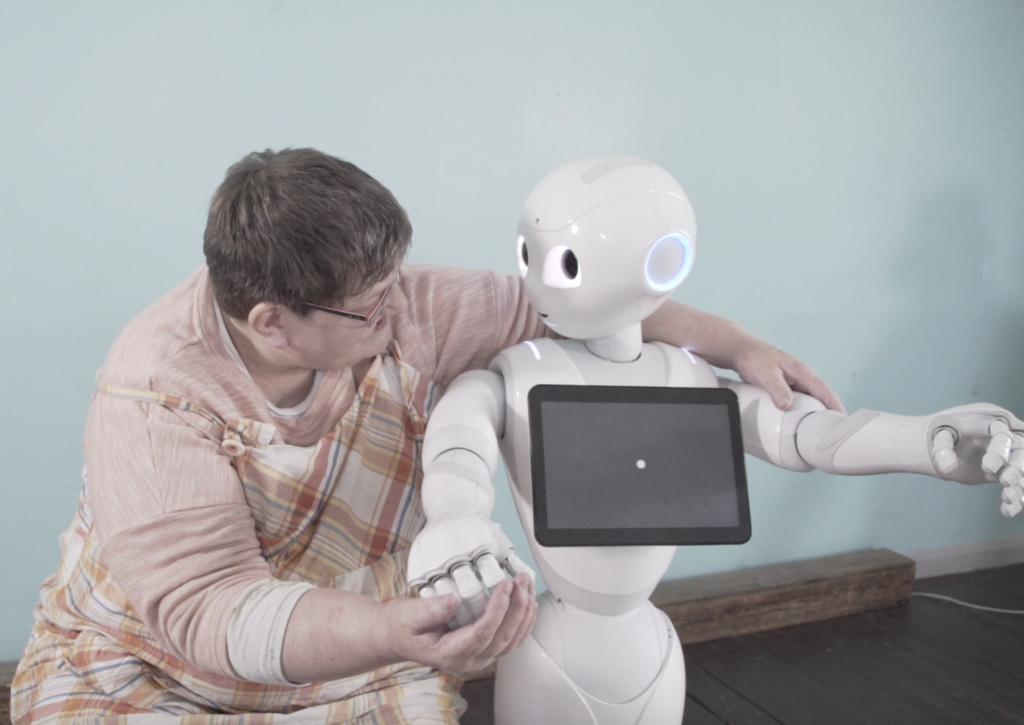
A Systematic Review of Attitudes, Anxiety, Acceptance, and Trust Towards Social Robots
2020 | Naneva, S., Sarda Gou, M., Webb, T.L. et al. | International Journal of Social Robotics
As social robots become more common, there is a need to understand how people perceive and interact with such technology. This systematic review seeks to estimate people’s attitudes toward, trust in, anxiety associated with, and acceptance of social robots; as well as factors that are associated with these beliefs.

Disability as Malleability: The Prosthetic Metaphor, Merleau-Ponty and the Case of Aimee Mullins
2020 | Dolezal, L. | In: D. Butnaru, ed., Medial Bodies Between Fiction and Faction. Transcript Verlag
The trope of the prosthesis has become commonplace in philosophy, cultural theory, and posthuman discourse, utilized by scholars who are concerned with the human body’s porous and malleable nature when it comes to its interaction with tools and technology. Surpassing its meaning in a medical context of an artificial limb or implement which is attached to the body in order to restore or replace a bodily lack due to illness, defect, accident, or disability, prosthesis has come to signify augmentation, enhancement and a posthuman fascination with cyborg bodies.
